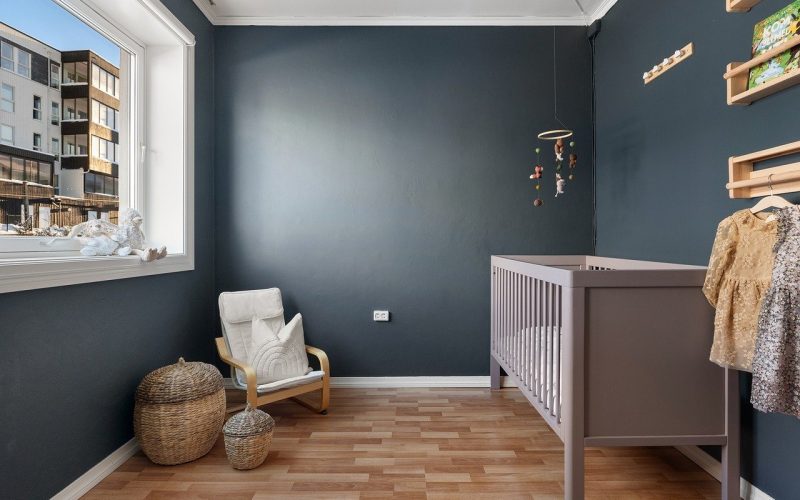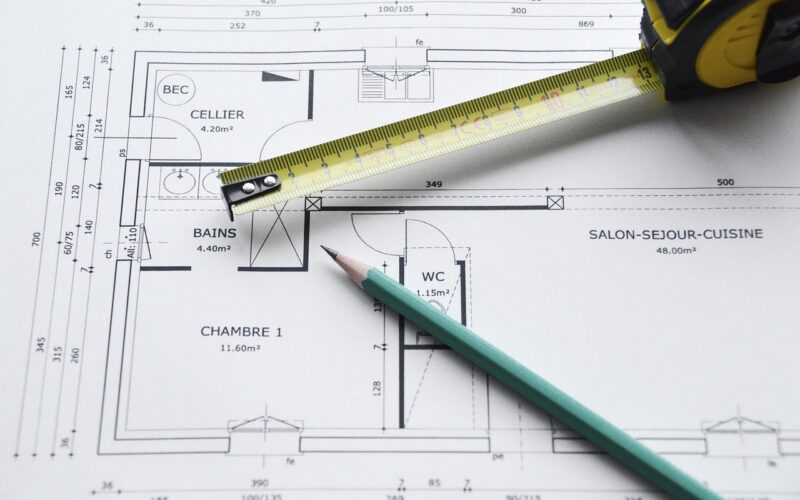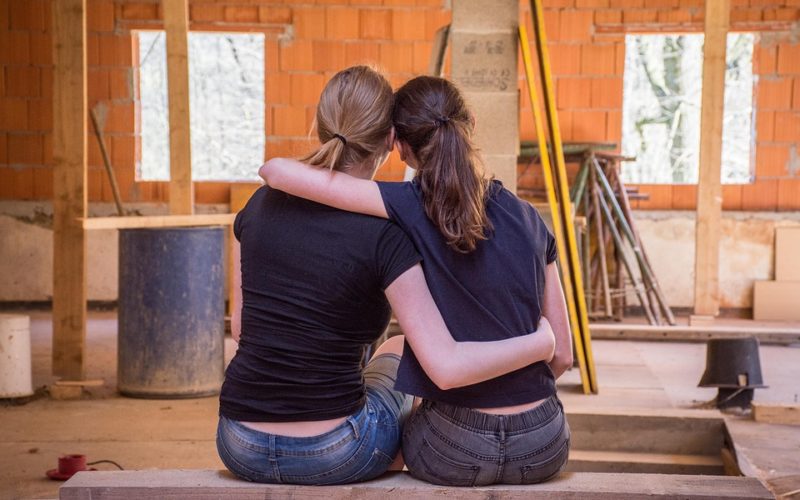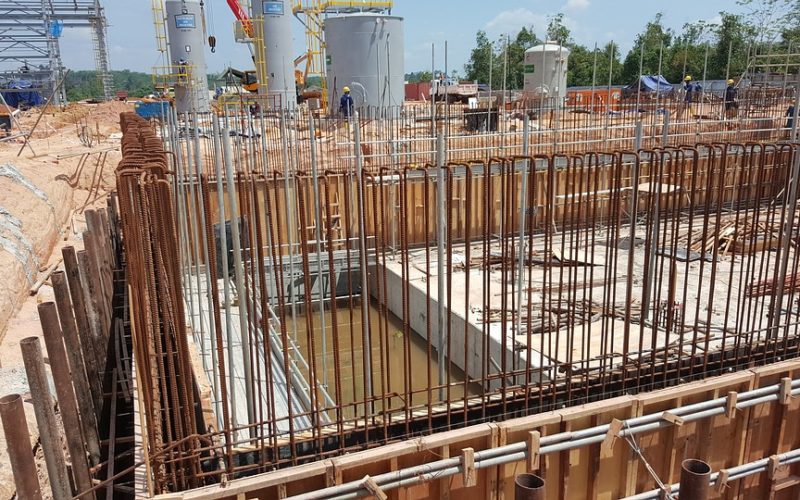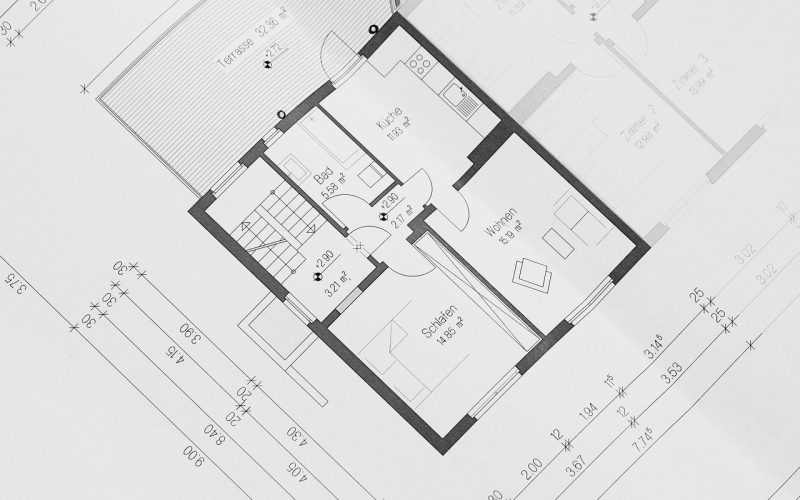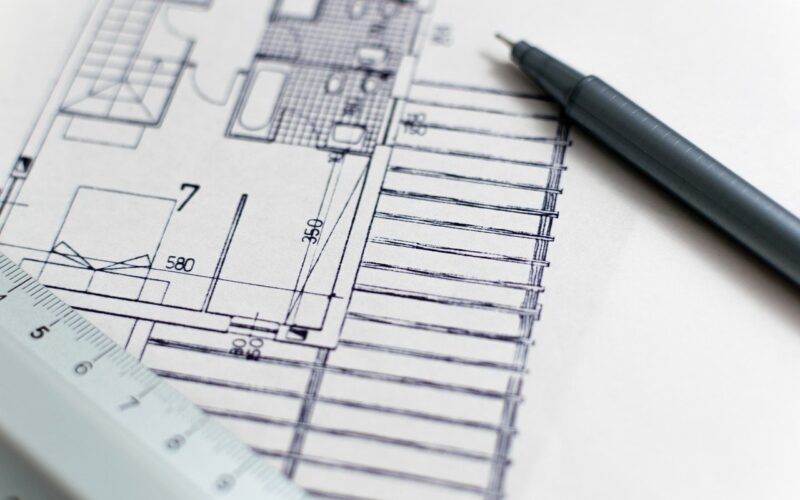Changing Mind Mid-Project
Building a home is an exciting venture, but when clients decide to make changes midway through the process, it can present significant challenges. While it's perfectly natural for clients to reconsider their choices, these mid-project modifications can lead to a host of issues that both builders and homeowners need to be aware of. In this article, we'll explore the common problems that arise when clients change plans during a home build and how these can impact the overall project.
Increased costs and budget overruns
One of the most immediate effects of changing plans during a home build is the inevitable increase in costs. When alterations are requested after construction has commenced, it often involves ordering new materials, adjusting labour schedules, and sometimes even undoing work that has already been completed. This not only incurs additional expenses for materials and labour but can also result in budget overruns if the original financial plan did not account for such changes.
Timeline delays and extended construction periods
Adjusting plans mid-construction can significantly delay the project's timeline. Each change request requires careful evaluation and planning to integrate seamlessly with ongoing work. Whether it's a minor adjustment like changing fixtures or something substantial like altering the layout, every modification takes time to implement. This not only prolongs the construction period but can also disrupt the schedules of other contractors, leading to knock-on effects that further extend the timeline.
Structural and design complications
Changing plans can introduce complex structural and design challenges. For example, moving walls or adding new architectural elements may affect the structural integrity of the building if not handled correctly. Additionally, such changes may require re-engineering parts of the home, which can be both costly and time-consuming. The original design is usually meticulously planned to meet building codes and regulations; any deviation must be reassessed to ensure compliance, which can complicate the project considerably.
Communication breakdowns
Frequent changes can strain communication between the client and the construction team. Clear, concise communication is crucial in any construction project, but it becomes even more vital when changes are involved. Misunderstandings or miscommunications at this stage can lead to mistakes in execution, resulting in further delays and increased costs. It’s essential that all parties remain aligned throughout the process, which requires regular updates and discussions to ensure everyone is on the same page.
Impact on contractor-client relationships
Repeated changes can also impact the relationship between the contractor and the client. While contractors are accustomed to adjustments during a build, excessive modifications can lead to frustration on both sides. Contractors may feel their expertise is being undervalued, while clients might become frustrated with the additional costs and delays. Maintaining a positive and professional relationship is key to the success of any project, and this can be jeopardised if changes are not managed effectively.
Managing changes effectively
To mitigate these issues, it's crucial for clients and builders to establish a clear plan from the outset. A well-defined contract that outlines the scope of work, timelines, and costs can help manage expectations. Additionally, setting up a process for handling change requests, including how they will be evaluated, implemented, and how they will impact the project, can ensure that changes are managed efficiently. Open communication and transparency throughout the build can help both parties adapt to changes with minimal disruption.
While changes during a home build are sometimes unavoidable, understanding the potential issues they can cause is essential for both clients and builders. By planning ahead, maintaining open lines of communication, and being prepared to adapt, it's possible to manage these challenges and ensure a successful project outcome. Building a home is a significant investment, and with careful planning and cooperation, both client and contractor can achieve a satisfying result.

